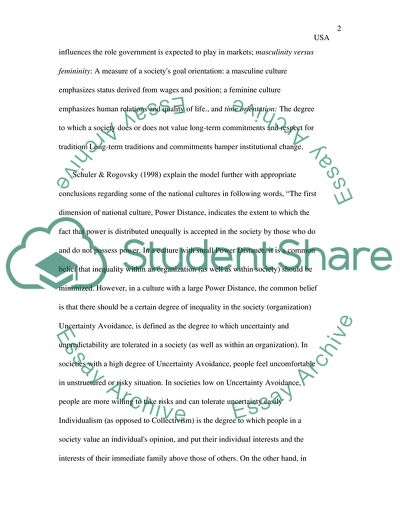Cite this document
(Cultural Profiling and Comparison of USA and India Using Hofstede's Case Study, n.d.)
Cultural Profiling and Comparison of USA and India Using Hofstede's Case Study. Retrieved from https://studentshare.org/human-resources/1709929-cultural-profiling-comparison-of-usa-and-india-using-hofstedes-cpas-model
Cultural Profiling and Comparison of USA and India Using Hofstede's Case Study. Retrieved from https://studentshare.org/human-resources/1709929-cultural-profiling-comparison-of-usa-and-india-using-hofstedes-cpas-model
(Cultural Profiling and Comparison of USA and India Using Hofstede'S Case Study)
Cultural Profiling and Comparison of USA and India Using Hofstede'S Case Study. https://studentshare.org/human-resources/1709929-cultural-profiling-comparison-of-usa-and-india-using-hofstedes-cpas-model.
Cultural Profiling and Comparison of USA and India Using Hofstede'S Case Study. https://studentshare.org/human-resources/1709929-cultural-profiling-comparison-of-usa-and-india-using-hofstedes-cpas-model.
“Cultural Profiling and Comparison of USA and India Using Hofstede'S Case Study”, n.d. https://studentshare.org/human-resources/1709929-cultural-profiling-comparison-of-usa-and-india-using-hofstedes-cpas-model.


